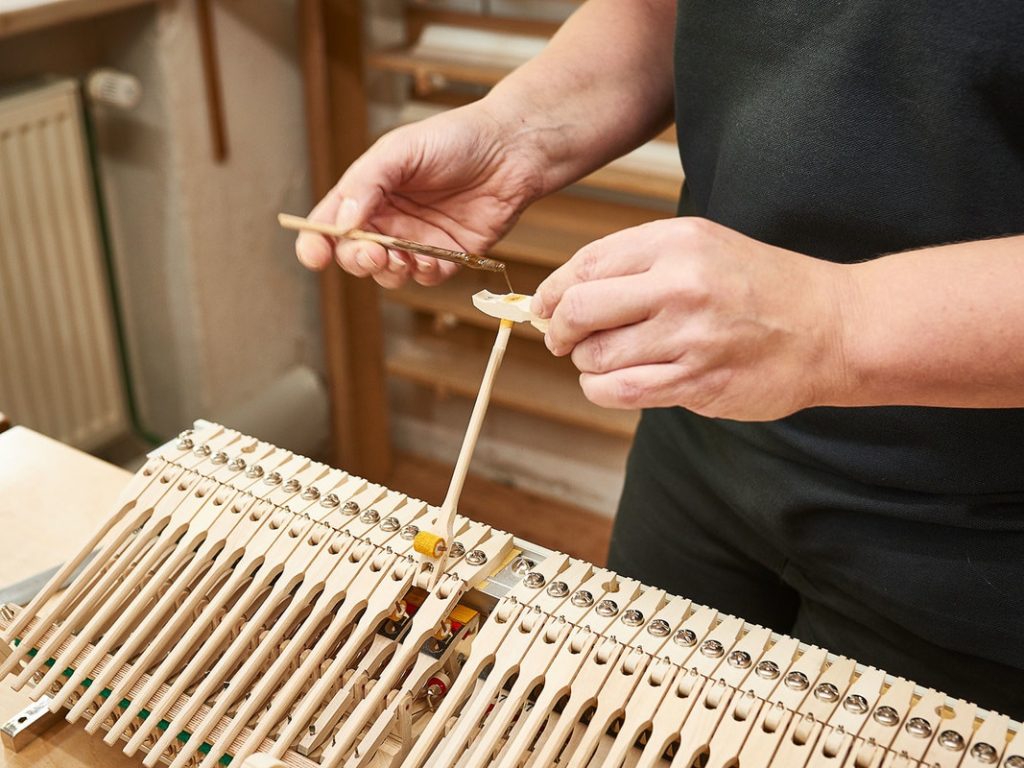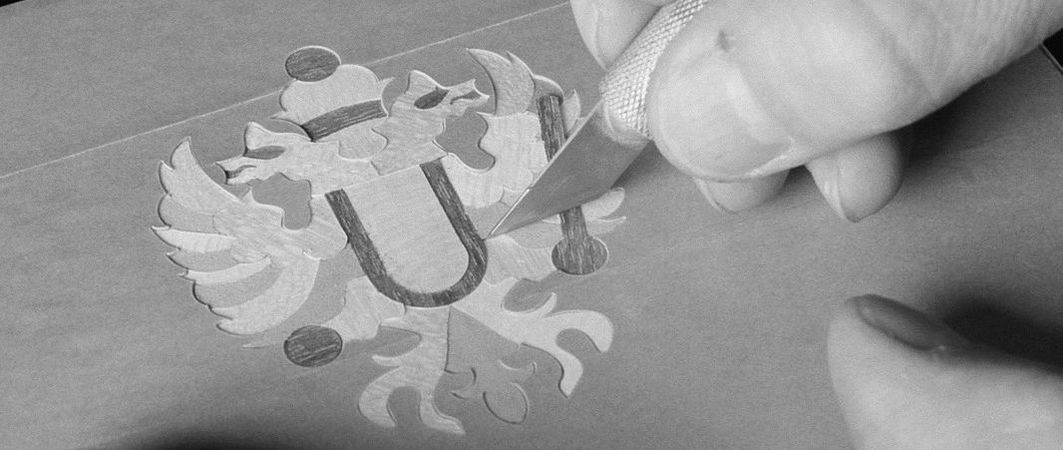BÖSENDORFER - THE VIENNESE ART OF PIANO MAKING
A LIVING LEGEND
Founded in Vienna by Ignaz Bösendorfer in 1828,Bösendorferare one of the oldest piano companies in the world and also one of the most exclusive, making only a few hundred instruments each year. Bösendorfer are world famous for their quality, their outstanding richness of tone colour and their typical pure and inspiring sound – “Der Klang, der berührt” – that reflects the Viennese tradition. In an age of mass production, uniformity and standardisation, Bösendorfertake great pride to be exclusive and original, and strive to continue the mission of Ignaz Bösendorfer and his son, Ludwig – simply to be the best. Since 1828, Bösendorfer’s legendary instruments have been handcrafted in Austria by their expert craftsmen, whose skills have been painstakingly passed down from generation to generation. Influenced by all the major composers and pianists who lived and worked in Vienna, the music capital of the world, Ignaz and Ludwig Bösendorfer created and developed the finest musical instruments – a tradition that continues to this day. Their instruments have inspired generations of musicians as diverse as Johannes Brahms, Ferruccio Busoni, Wilhelm Backhaus, Friedrich Gulda, Paul Badura-Skoda, András Schiff, Valentina Lisitsa, Tori Amos and Oscar Peterson.
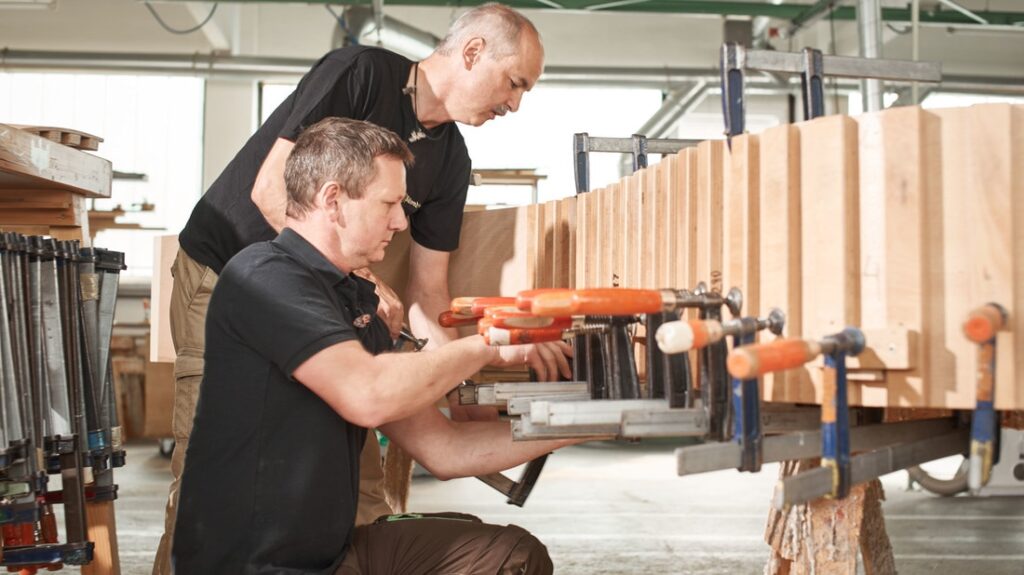
THE MAGIC OF BÖSENDORFER
RESONANCE CASE PRINCIPLE
AIR-DRIED WOOD
HANDMADE IN AUSTRIA
Handmade by Bösendorfer’s skilled craftsmen with painstaking attention to detail and using only the finest materials, their team of master craftsmen and technicians have incomparable experience; it can take over one year for the final instrument to be completed.
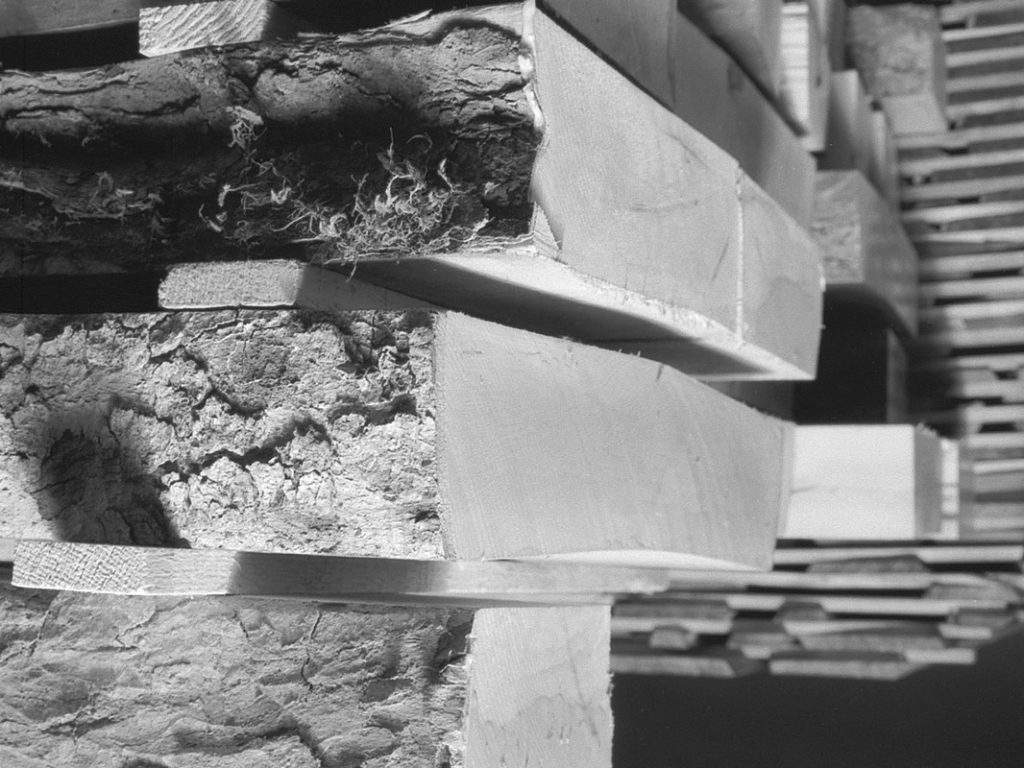
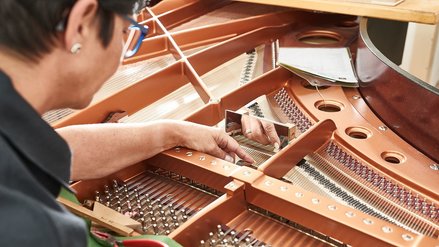
INDEPENDENT CAPO D’ASTRO
This makes precise adjustment possible and guarantees the original sound of your chosen Bösendorfer for generations. Bösendorfer are the only manufacturer in the world to use this system.
BUILT TO LAST
One of Bösendorfer’s early successes was the ability of their grand pianos to withstand Franz Liszt’s virtuoso playing technique. Their unique construction still has the same ability to meet the toughest demands of professional pianists and institutions. Privately owned instruments are cherished and passed down from one generation to the next.
INDEPENDENT CAPO D’ASTRO
This makes precise adjustment possible and guarantees the original sound of your chosen Bösendorfer for generations. Bösendorfer are the only manufacturer in the world to use this system.
BUILT TO LAST
One of Bösendorfer’s early successes was the ability of their grand pianos to withstand Franz Liszt’s virtuoso playing technique. Their unique construction still has the same ability to meet the toughest demands of professional pianists and institutions. Privately owned instruments are cherished and passed down from one generation to the next.
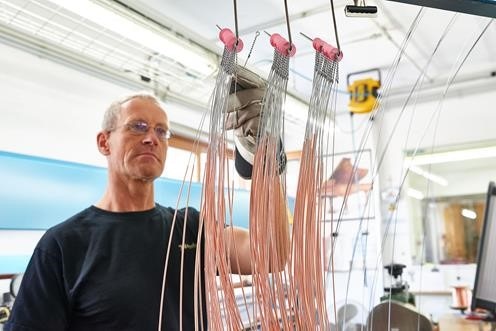
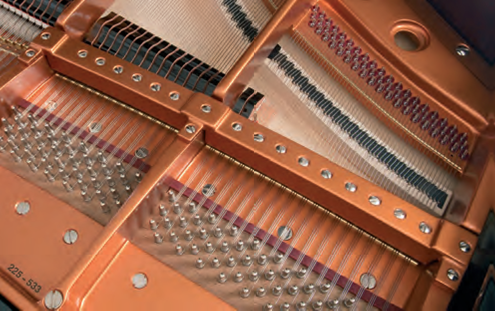
OPEN PINBLOCK
This allows firmer and more secure seating of the tuning pins, which in turn gives a technician more direct control. Bösendorfer make their own pin blocks using 3 layers of 7mm quarter sawn maple glued cross-grained to each other. This is then glued to a baseboard of red beech, and the top is capped with a 1.5mm thick walnut veneer.
SAND CAST FRAMES
These are made in Austria. Bösendorfer use this traditional casting method, which is widely considered to produce the best tonal results. Their frames are stored in the open air for 6 months to eliminate all internal stresses.
BÖSENDORFER ACTION
The Bösendorfer Action is made to Bösendorfer’s specification by Renner in Germany. The geometry has been painstakingly developed in close cooperation with artists, teachers and technicians to allow perfect control of every nuance from the finest pianissimo to the orchestral fortissimo.
FINEST EUROPEAN SPRUCE KEYBOARD
